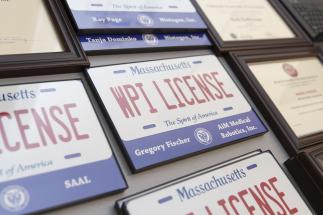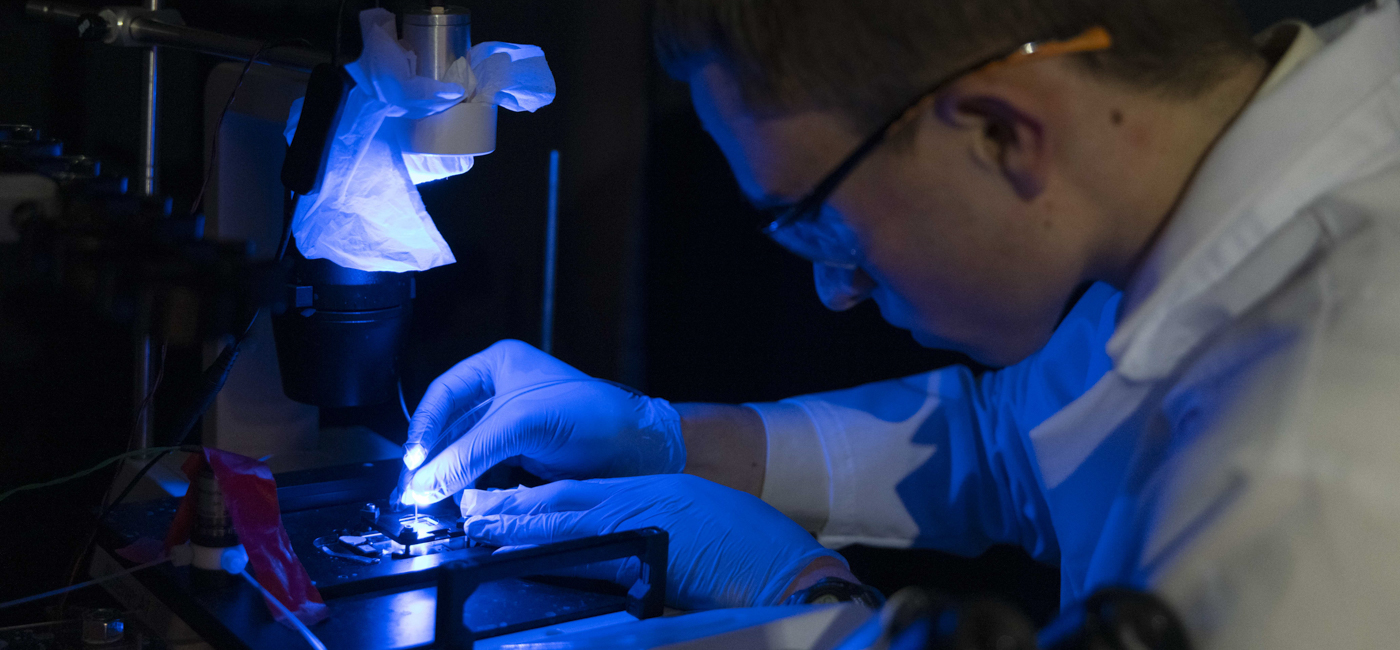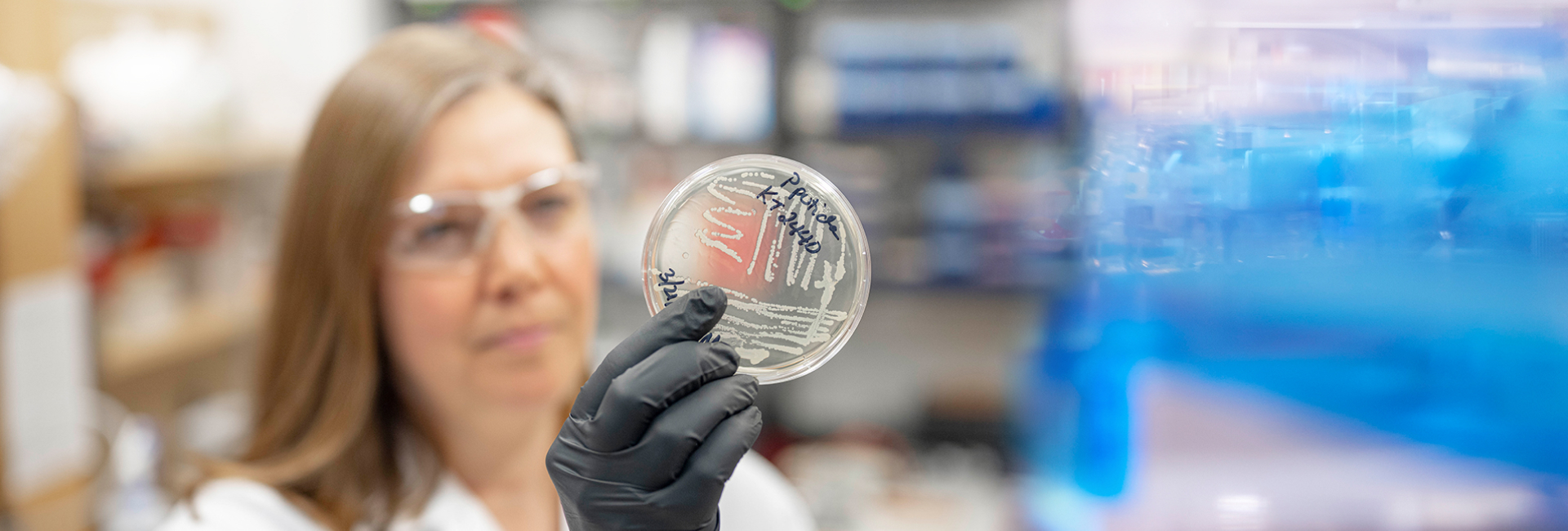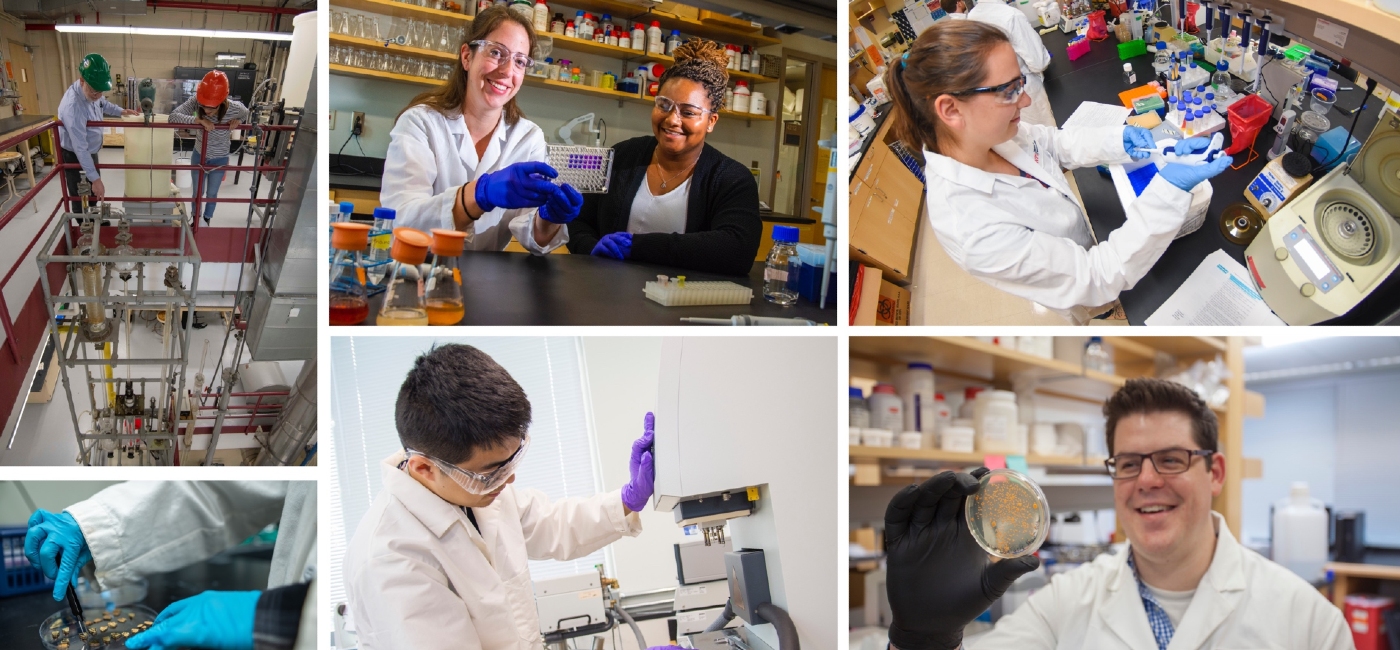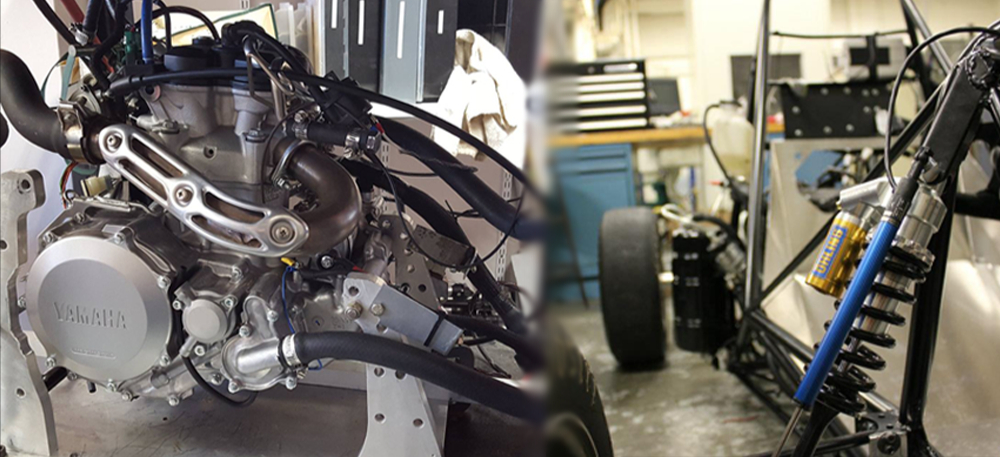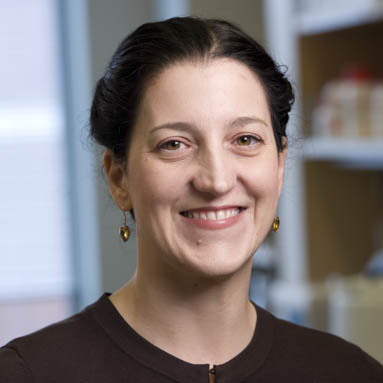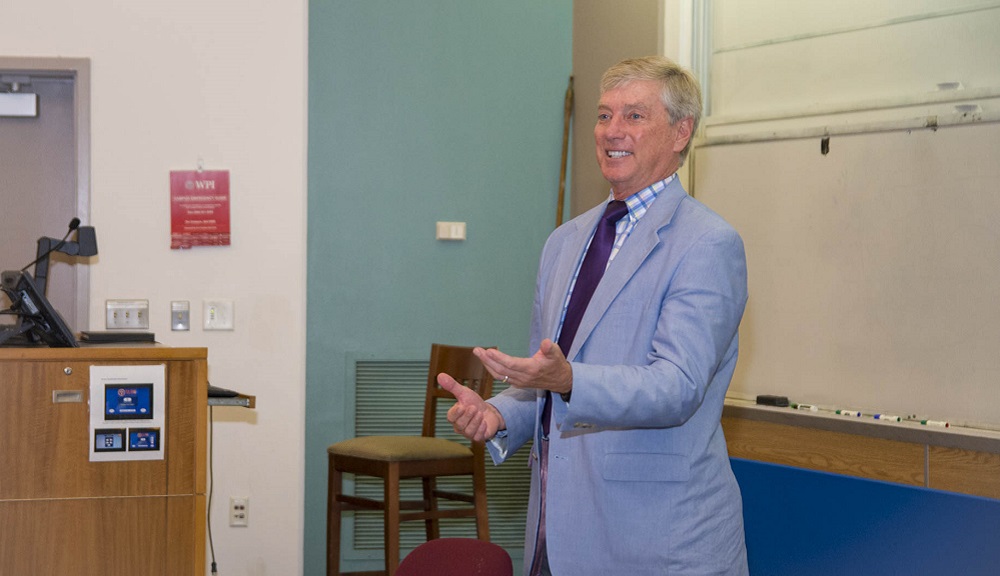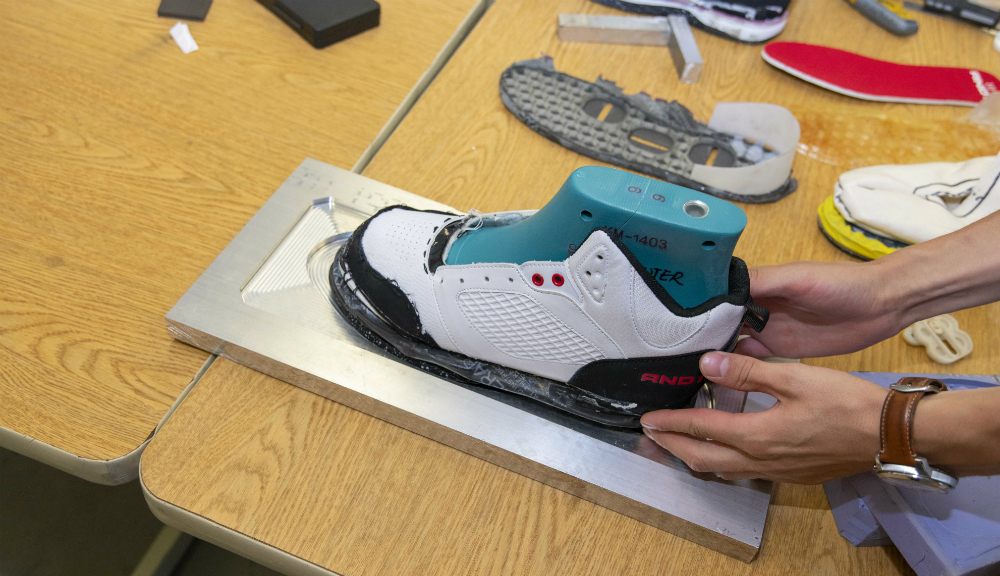WPI faculty and student inventors have set a new record for patents awarded during one academic year by collecting 20 U.S. patents since July 2019 for inventions ranging from antifungal agents to battery manufacturing methods.
Todd Keiller, director of the WPI Office of Technology Commercialization, says the newest crop of patents cover an exciting mix of technologies, and 12 of the patents have already been licensed to companies for possible development into commercial products.
“We’re on a roll,” Keiller says. “And we’re not just getting the patents, we’re putting them to work, which we hope will lead to revenue for inventors and WPI.”
Patents are key to securing control of intellectual property developed in the laboratories of WPI. They can produce revenue for the university if they are licensed to companies, and they sometimes form the backbone of new businesses. Previously, the largest number of patents awarded to WPI inventors in one year was 16, in 2018.
In addition, the patents have an impact on the community. Keiller says 19 companies have been created to pursue WPI patented technologies, generating 55 new jobs. Almost all the companies are located in the Worcester area.
Patent Activities Go Online

Even while the university closed most campus operations because of the global COVID-19 pandemic, technology commercialization activities have continued. Researchers have continued to notify the office of new discoveries, and patent lawyers have used Zoom to consult remotely with inventors, Keiller says.
“Remote operations have actually increased our productivity,” he says. “People have gotten used to Zoom and virtual meetings. We can operate this way without meeting face-to-face.”
At WPI, the path to a patent starts with a “disclosure.” A faculty member or, sometimes, a student fills out a four-page form describing an invention and files it with the technology commercialization office.
About half of disclosures are filed by teams that include faculty and students, Keiller says. Another 30 percent of filings are made by faculty, and the remaining 20 percent are filed by students. WPI inventors filed a record 67 disclosures with the tech commercialization office during the 2019 fiscal year.
Maintaining a flow of disclosures is critical, and that means encouraging faculty and students to report the discoveries they are making.
“I’ve lost track of how many presentations I’ve done this year, both in-person and now on Zoom, and there are always new people to reach,” Keiller says.
If an invention shows promise, WPI files a provisional patent application, then investigates the technology’s potential to become a commercial product. Keiller sends a “technology opportunity sheet” describing the invention to WPI alumni in related fields and asks for feedback.
The tech commercialization office also uses Search Real Fast, a patent search engine created by Pete Fenner '64, to find potential licensing targets, and Keiller goes through his network of WPI alumni on the social networking app LinkedIn to find additional reviewers and licensing targets.
“We’re getting real-world evaluations of our technologies,” he says.
Alumni Provide Legal, Commercial Expertise
When reviews suggest a technology has commercial potential, WPI converts the provisional patent application to an application for a utility patent, which gives the holder exclusive rights to prohibit anyone else from using the technology. Again, WPI alumni play an important role. All patent lawyers hired by the technology commercialization office are WPI alumni.
The Office of Technology Commercialization also uses alumni to help assess the commercial potential of recently filed patents through its Tech Advisors Network Intellectual Property Evaluation team. More than 200 alumni volunteer to review and provide feedback on the commercial potential, as well as valuable introductions to potential licensees.
Among the technologies patented during the current fiscal year is a human-like robotic joint invented by a team led by Marko Popovic, assistant research professor of physics.
Another patent went to a lithium-ion battery electrode manufacturing process invented by a team led by Yan Wang, William Smith Dean’s Associate Professor of Mechanical and Chemical Engineering.
A multi-channel guitar jack invented by V.J. Manzo, associate professor of music technology, and a former student was awarded a patent. And a polymer matrix scaffolding was invented for medical use by a team that included Marsha Rolle, associate professor of biomedical engineering, Terri Camesano, dean of graduate studies; and Tanja Dominko, associate professor of biology and biotechnology.
